Cadillac Super Cruise Is Getting A Huge Upgrade
Cadillac Super Cruise is about to get a significant update, adding 70,000 more miles where the driver-assistance system can be used, in its biggest upgrade since it launched two years ago. The American automaker's take on Autopilot and other such systems, Super Cruise is getting more natural on the road as well as more widespread, in advance of hitting new Cadillac models.
Super Cruise 101
Launched in 2017 on the 2018 Cadillac CT6, Super Cruise was the automaker's answer to Tesla Autopilot. A driver-assistance system, it combines adaptive cruise control, lane-keeping, and a driver attention system for truly hands-free driving. Whereas most ADAS demand you keep your hands on the wheel in order to keep the assistance active, Super Cruise tracks the driver's gaze to make sure they're still monitoring the road and ready to take over if need be.
To do all that, Cadillac partnered up with a road mapping company and had more than a hundred thousand miles of divided highways in the US and Canada mapped using LIDAR. Those maps, combined with a high-precision GPS in the car which can pinpoint its location to within two meters, deliver dead-center positioning within the lane.
A light bar in the steering wheel communicates system status with the driver: red for when Super Cruise is inactive, green when it's operational, and blue when you're manually changing lanes. It can flash to grab your attention if the infrared camera on the steering column decides you're not paying the road enough mind.
Cadillac Super Cruise June 2019 Update
The headline feature for the June 2019 update is 70,000 additional miles of extra roads being made compatible with Super Cruise, across the US and Canada. It'll take the system up to 200,000 total miles in North America by Q4 2019.
As before, the supported roads will be divided highways: you still won't be able to use Super Cruise on urban streets, for example. Cadillac, however, is adding support for some more complex road conditions. Some of the extra highways will include limited intersections and traffic control devices, for example.
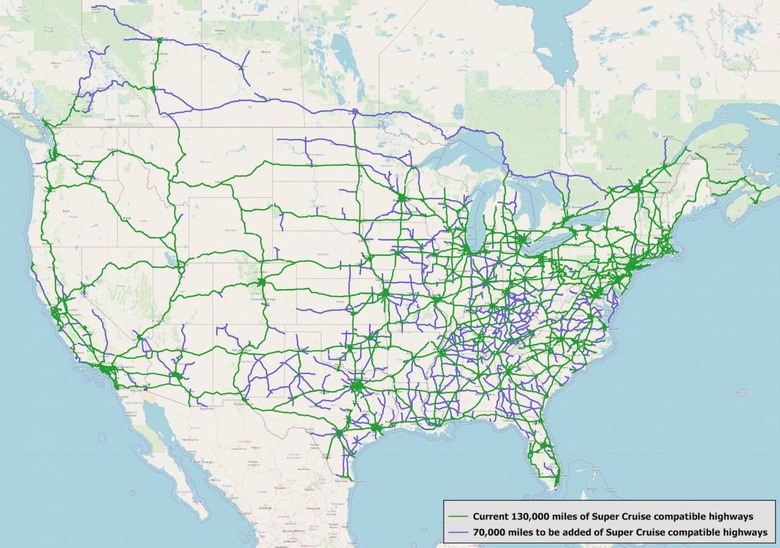
It means you'll be able to use Super Cruise even if there are emergency vehicle access roads joining the highway, or grade crossings without traffic control devices like lights or stop signs. Crossings with blinking yellow lights – rather than red – will be supported as well. Super Cruise-equipped cars will be able to keep on going through all of those situations, though drivers will still be expected to monitor the road ahead and take over if need be.
Other road conditions will see Super Cruise temporarily hand over to manual control. If there's a railroad crossing, pedestrian crossing, or grade crossing with stop sign, stop light, or similar, then the system will alert drivers to take back control themselves. Once they're past it, however, Super Cruise will re-enable.
There'll also be a number of refinements to the driving experience. Super Cruise should be smoother in cut-ins, for example, and the steering behavior has been tweaked in certain situations. "These are refinements, they're not significant new features," Mario Maiorana, Super Cruise Chief Engineer, explains. "They're refinements to the current system, to make the driving feel more natural."
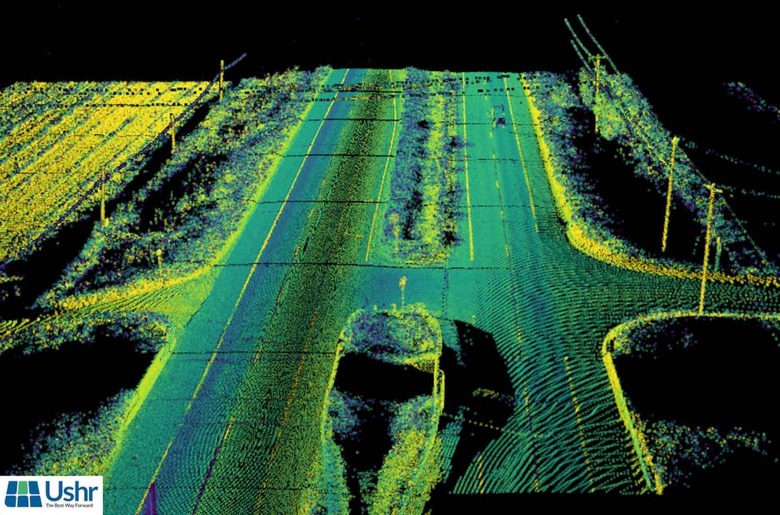
The new supported roads and extra features will require two separate updates. There's an over-the-air update for the new maps, which Cadillac says will be progressively released throughout the summer and fall of this year. However, there'll also be a free software update for the car, which will require taking it in to a dealer, before Super Cruise can actually make use of that new data.
Super Cruise on the road
Cadillac didn't have a car loaded with the upcoming software to test out; however, it did have a CT6 with the latest public version of Super Cruise on hand. The system has seen two updates so far since it launched – beyond the quarterly OTA mapping updates – with a number of improvements and tweaks to how it operates. Some of those have been to make Super Cruise more communicative, such as 15 new messages to better explain what conditions may have led the system to either disengage or refuse to activate in the first place.
However other changes have improved the general ride experience on the road. Dynamic lane offset, for example, uses the car's short range radar to track when you're passing a truck or other large vehicle. The CT6 will offset its position in the lane, much in the way that a human driver typically would, for comfort.
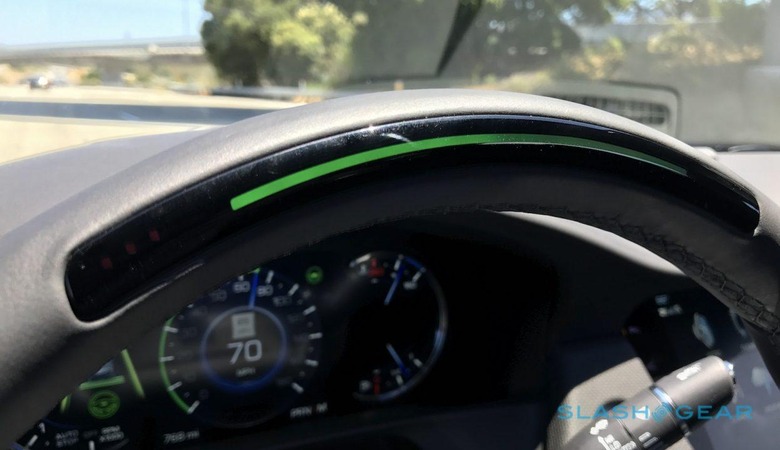
There have also been improvements to how smoothly Super Cruise brakes and steers, while the driver attention system has been finessed as well. The goal, Cadillac's Maiorana says, is to make it feel more like a human-operated vehicle.
Compared to when I last reviewed Super Cruise, more than a year ago, the system feels a little more stable and confident. There's still something unnerving initially about taking your hands off the wheel altogether and allowing the CT6 to operate itself, but after a couple of minutes you start to begrudge any driver-assistance system which insists on you keeping in contact with the wheel.
Lane positioning, a bugbear of mine from rival systems that can either hug one line or, worse still, ping-pong between them, still feels like one of Super Cruise's key strengths. Overtaking sizable trucks on tight Detroit highways, where Cadillac had invited us out to hear about the ADAS' upgrades, I quickly came to appreciate the extra padding the system maintained. However it was also an opportunity to see what was missing.
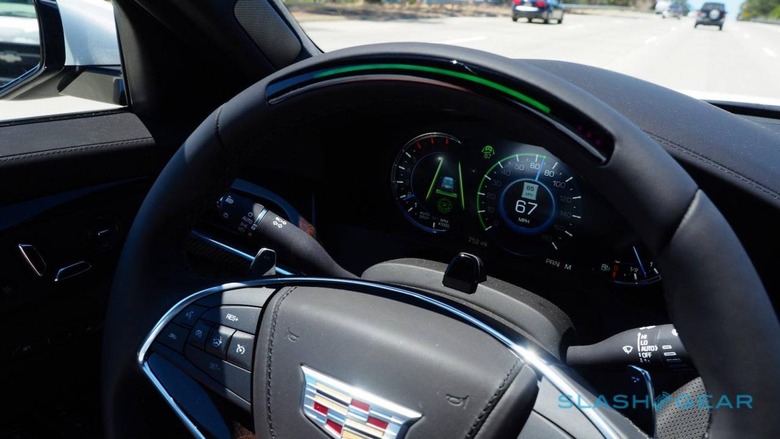
Super Cruise still doesn't offer automatic lane-change, unlike systems from Tesla, Mercedes-Benz, BMW, and others. It still can't automatically navigate you through highway exits. Although the high-definition maps know the speed limits of each section of the highway, it's still down to the driver to adjust the speed of the car – it won't do so automatically.
Cadillac tells me that these absences are all there because it doesn't believe the technology is ready to be unleashed in the wild. The driver, Maiorana says, is still the deciding factor. I can certainly understand why caution has its advantages – witness in contrast, for instance, the ongoing controversy around Tesla Autopilot, and the confusion that still exists among some as to just how "autonomous" it actually is – but Cadillac's reticence is starting to look a little too defensive.
It also impacts on how useful Super Cruise can be. Faced with a tightening turn and no automatic speed adjustment to bring the pace down to the posted reduction to 55 mph, for example, the CT6 decided it was going too fast to handle things itself and demanded the driver take back control. When I tried that section of road again, adjusting the speed down myself from 65 mph to 55 mph, Super Cruise was able to successfully maintain steering control.
The future of Cadillac Super Cruise
It's fair to say that Cadillac – and General Motors more broadly – hasn't exactly capitalized on its Super Cruise investment. Similarly, Cadillac has been more cautious with how it rolls out its ADAS technologies compared to, say, Tesla. As a result, until next year and the arrival of the 2020 CT4 and CT5 sedans, the CT6 is the only vehicle to offer Super Cruise. There's still no Cadillac SUV – despite that category being where the automaker's main sales are found – which offers the system at all.
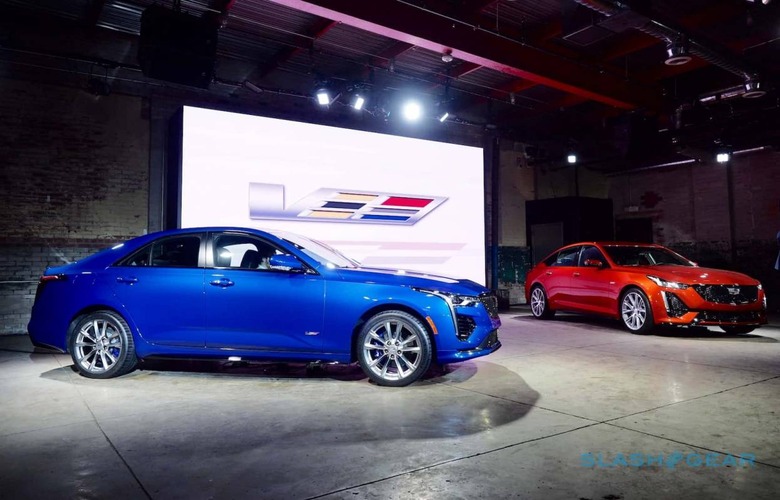
That's a shame, because driver feedback has been impressively positive. Cadillac says that of the approximately 30-percent of CT6 that are equipped with Super Cruise, customers engaged more than 50-percent of the time when the system is available. Super Cruise is responsible for more than 55,000 miles of driving each week, and since launching has driven over 2.5 million miles.
In a survey Cadillac carried out, more than 85-percent of current CT6 owners say that, when it comes to buying a new vehicle, they'd prefer or only consider something which offered Super Cruise. As of next year they'll have two more sedans to choose from, at least, though it'll probably be the all-new Escalade – unofficially tipped to debut in 2020 – before there's an SUV with Super Cruise as an option.
